











Location: Home > News > Technical knowledge > This page

Construction waste is a product of social development, but also at the same time troubled the healthy development of society. In China, a developing country with rapid development, the rapid amount of construction waste generated is huge. Although we have begun to look for solutions to the problem of construction waste and have made good progress, we need to promote more deeply the resourcefulness of construction waste, so that it can be used more efficiently.
Germany in Europe and Japan and Singapore in Asia are at the forefront of the treatment and reuse of construction waste. In Germany, people's understanding of rubbish is that once it is put to good use, rubbish is also a resource; in Japan, there are as many as 20 classifications of "construction by-products", which are handled scientifically in accordance with the categories; and Singapore focuses on the development of green building standards to reduce the generation of construction waste at the source.
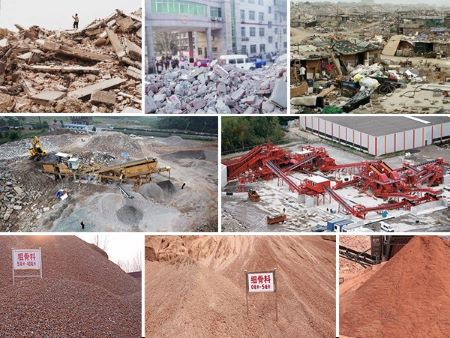
Germany's "rubbish mountain" reflects a shift in thinking on waste disposal
On the banks of Hamburg's Elbe River is an artificial hill where white wind turbine blades slowly turn amidst the greenery. Who would have thought that, decades ago, it was a dumping ground for rubble from World War II bombing raids, and that it has since been used to store industrial waste and municipal rubbish?
Since the 1980s, the government has covered the mountain with a plastic waterproof membrane, laid down a layer of soil up to 3 metres thick and planted vegetation. Biogas from the waste is collected and converted into part of the electricity for a nearby copper refinery, and in 2011 an 8,000 square metre photovoltaic system was installed on the mountain, with higher-powered wind turbines replacing the old motors. The electricity generated by the two can meet the annual needs of 4,000 households. The heat carried by waste liquids from the rubbish is also collected to heat the offices. In addition, a 1,000-metre-long promenade has been built at the top of the hill, making it the latest place to enjoy a panoramic view of Hamburg. The waste mountain has become Hamburg's energy hill and a landscaped park for the citizens.
The present and past of Hamburg's rubbish mountain reflects a shift in German thinking about waste disposal. Germany's major cities suffered massive Allied bombing in World War II, and Berlin and Dresden, for example, suffered more than 80 per cent damage to their buildings. Reconstruction required large quantities of building materials, which Germany could not afford to produce. Under these circumstances, most of the construction waste was recycled, with the exception of a few piles of unmanageable building rubble. The reconstruction experience has fostered a renewed awareness in Germany that waste can be a resource if it is put to good use.
According to German law, everyone responsible in the construction waste production chain is required to contribute to waste reduction and recycling. Manufacturers of building materials must design their products to be more environmentally friendly and recycling-friendly. For example, by producing panels in different lengths to avoid re-cutting in the future. Building contractors (including engineers, architects) must incorporate waste recycling into the building programme. For example, using more recyclable building materials. The responsibility of house demolition contractors is most critical. They are required by law to conduct demolitions in a way that facilitates construction waste recycling. In a competitive market, demolition contractors often get contracts from homeowners at very low or even zero prices. They then profit by breaking down, recycling and selling the construction waste. This policy arrangement forces building contractors and demolition contractors to maximise protection against the contamination of building materials, which not only leads to a reduction in their earnings, but also to future payments for landfill or incineration.
Currently, Germany is one of the countries that do the best job of recycling construction waste, with a recycling rate of 87 per cent.
Japan's laws for dealing with different types of "construction by-products" are also different.
In Japan, there are more than 20 different categories of "construction by-products", and different laws apply to different types of by-products. For example, weeds, etc. are treated as general rubbish, wood, construction sludge, etc. are treated as construction rubbish, metals, etc. are treated as industrial rubbish, toxic and hazardous substances such as asbestos and fluorescent light transformers are treated as specially managed industrial rubbish, and construction debris is not classified as rubbish.
Reducing the generation of construction site waste and reusing it as much as possible are the main principles for handling construction waste in Japan. According to the Promotion Programme for Appropriate Disposal of Construction By-products, contractors and builders of construction projects are obliged to reduce the generation of construction by-products during the construction process, and suppliers of building materials and building designers are obliged to produce and use building materials that can be reused. Construction by-products that can be reused should be reused as much as possible; those that cannot be reused should be recycled as much as possible; and those that cannot be recycled should be burned to achieve heat recovery as much as possible.
Japan has a strict process management for the production, classification and disposal of construction waste. Construction teams are required to submit to the construction company headquarters a detailed plan for estimating, classifying, reusing and ultimately disposing of the waste that may be generated by the project, and to keep a report of the results for five years. If a company generated more than 1,000 tonnes of industrial waste in the previous year, it must submit a plan for waste reduction to the local prefectural governor by 30 June of that year.
A survey by the Ministry of Land, Infrastructure, Transport and Tourism showed that, as of the end of 2012, 96 per cent of Japan's construction waste had been re-resourced, with 99.3 per cent of concrete re-resourced.
Limited land space in Singapore forces government to increase recycling rates
Data from the National Environment Agency (NEA) of Singapore show that the total amount of construction waste generated in the country in 2014 was 1,269,700 tonnes, of which 1,260,000 tonnes were recycled, representing a recycling rate of 99 per cent.
For construction waste recycling factories, NEA also supports them by leasing out land, and the construction waste recycled by these factories accounts for 80 to 90 per cent of all construction waste recycled in Singapore. To maximise the recycling of construction waste, the Singapore government has also introduced the Code of Practice for Building Demolition, a set of procedural guidelines to help building demolition contractors better plan their demolition procedures.
Singapore's focus on reducing waste generation at source is associated with government initiatives such as the Green and Elegant Builders Programme and the Green Building Label Scheme. The former is a certification programme launched in 2009 that rates construction practitioners on a number of aspects, including staff management, dust and noise control, and public safety. The latter, which started in 2005, is a certification programme specifically for buildings in tropical regions, which aims to assess the negative impact of buildings on the environment and reward their sustainability performance in five areas, including energy efficiency, water conservation, environmental protection, indoor environmental quality and other green features and innovations.
Shanghai Jianye has enough confidence in the market prospect of construction waste recycling. In 2013, we set up our own new green building materials division, which has done in-depth research on the application of construction waste recycling and passed countless experimental demonstrations. Construction waste recycling is a great plan for the benefit of the country and the people, and we need to pay more attention to it and make efforts hand in hand.
107reservation successful

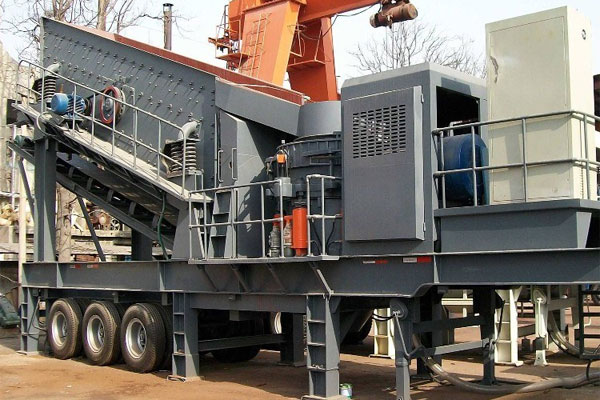
Mobile crusher is a one-stop crushing equipment for stone crushing with flexibility and mobility, which is one of the indispensable equipments for modern construction, and is widely used in mines, construction sites, road construction and other fields.
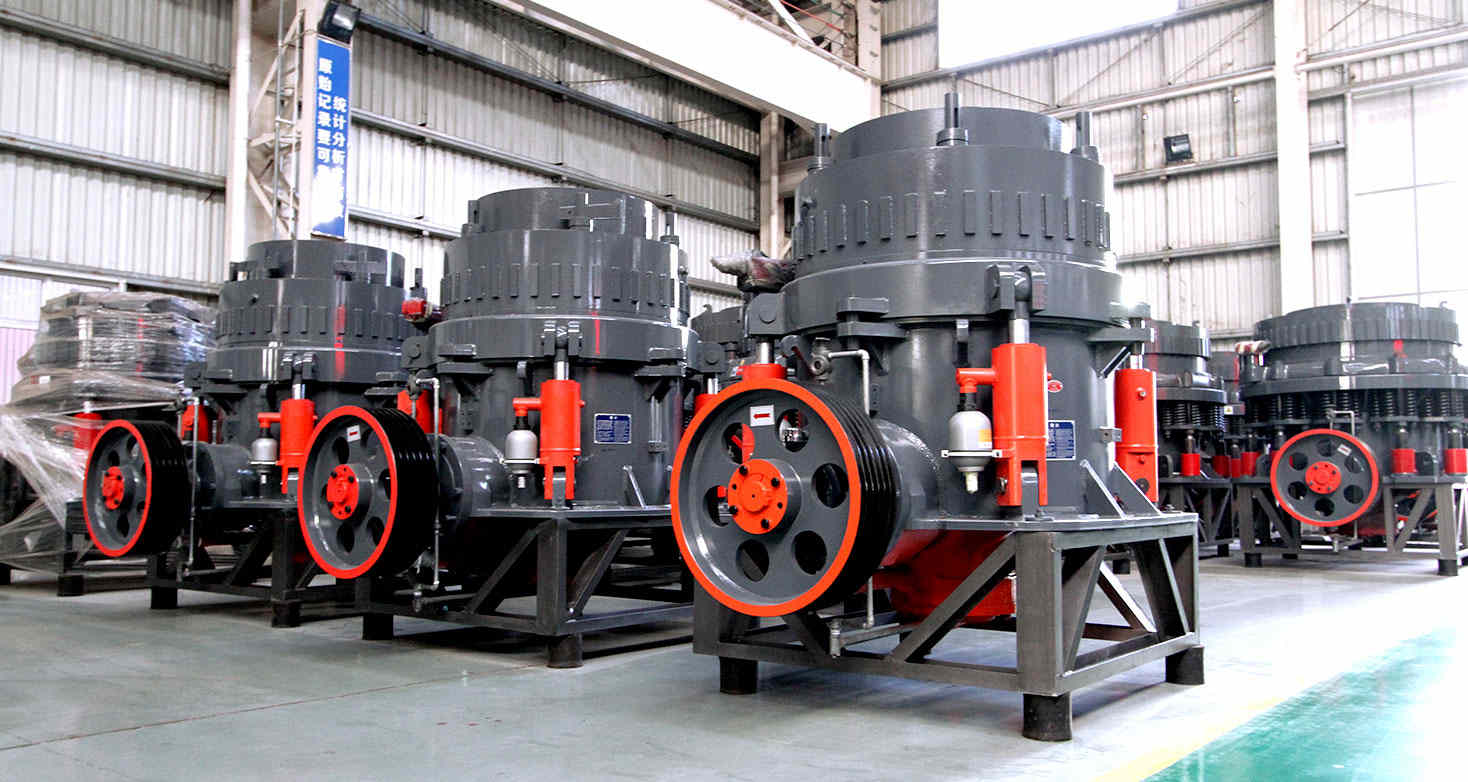
At present, the domestic mechanism of sand technology is being updated and improved day by day, in response to market demand, research and development and production of cone sand making machine in the field of sand production has been widely used, known as pebble sand making tool.

Kaolin Raymond Mill is a high-tech skill grinding equipment, which can process raw materials into micron or nano-scale micro-powder, and has been widely used in various industries. Such as mining, building materials, chemical industry, metallurgy and other industries, can be limestone, calcite, barite, chemical raw materials, such as Moh's hardness is not greater than 7, humidity in the following 6% of more than 300 kinds of non-inflammable and explosive materials for grinding and processing, the finished product granularity of 30-800 mesh can be adjusted between.

Mobile crusher is a one-stop crushing equipment for stone crushing with flexibility and mobility, which is one of the indispensable equipments for modern construction, and is widely used in mines, construction sites, road construction and other fields.

At present, the domestic mechanism of sand technology is being updated and improved day by day, in response to market demand, research and development and production of cone sand making machine in the field of sand production has been widely used, known as pebble sand making tool.

Kaolin Raymond Mill is a high-tech skill grinding equipment, which can process raw materials into micron or nano-scale micro-powder, and has been widely used in various industries. Such as mining, building materials, chemical industry, metallurgy and other industries, can be limestone, calcite, barite, chemical raw materials, such as Moh's hardness is not greater than 7, humidity in the following 6% of more than 300 kinds of non-inflammable and explosive materials for grinding and processing, the finished product granularity of 30-800 mesh can be adjusted between.

Mobile crusher is a one-stop crushing equipment for stone crushing with flexibility and mobility, which is one of the indispensable equipments for modern construction, and is widely used in mines, construction sites, road construction and other fields.

At present, the domestic mechanism of sand technology is being updated and improved day by day, in response to market demand, research and development and production of cone sand making machine in the field of sand production has been widely used, known as pebble sand making tool.

Kaolin Raymond Mill is a high-tech skill grinding equipment, which can process raw materials into micron or nano-scale micro-powder, and has been widely used in various industries. Such as mining, building materials, chemical industry, metallurgy and other industries, can be limestone, calcite, barite, chemical raw materials, such as Moh's hardness is not greater than 7, humidity in the following 6% of more than 300 kinds of non-inflammable and explosive materials for grinding and processing, the finished product granularity of 30-800 mesh can be adjusted between.
50R&D engineers
1000+user case representatives
41ypes of products are exported overseas
200+large and medium-sized digital devices
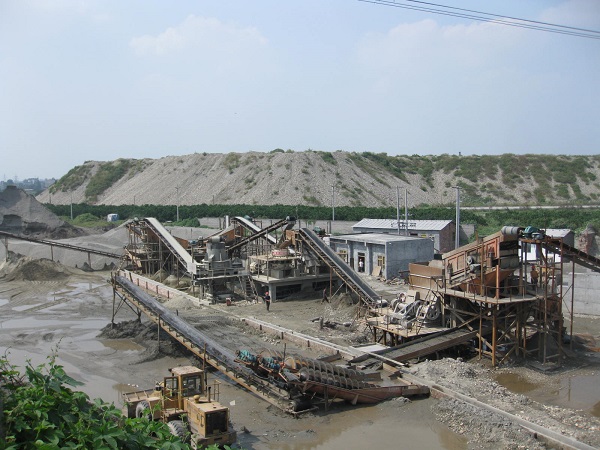
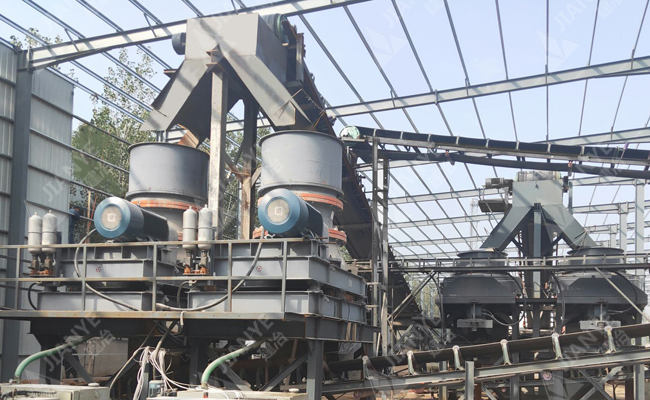
The rocks are harder because of there is iron ore inside. The project uses 600*130 vibrating feeder, PE1000*1200 jaw crusher, two HST300 single cylinder cone crusher two, two JYS1238 sand making machine, four vibrating screen, four sand washing machine, one sand recovery machine, capacity design is 300t/h.
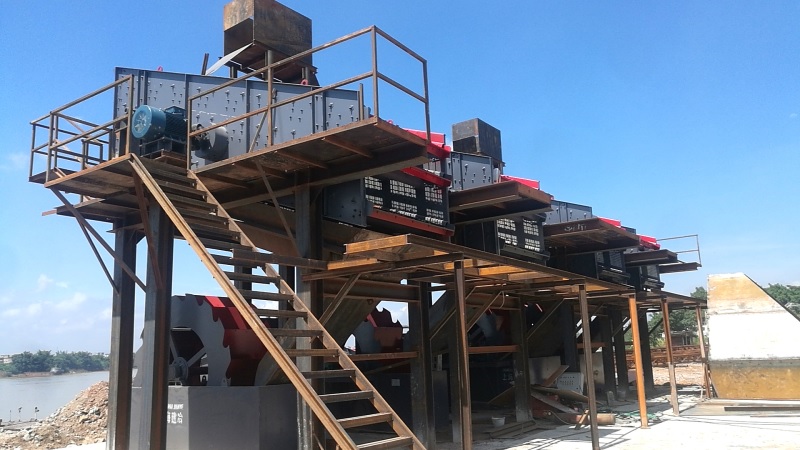
This project is a sand making production line with an hourly output of 200 tons. The equipment used includes vibrating feeder, single cylinder cone crusher, multi-cylinder cone crusher, sand making machine, 4 vibrating screens, 4 sand washing machines and sand recovery&dehydration integrated machine.
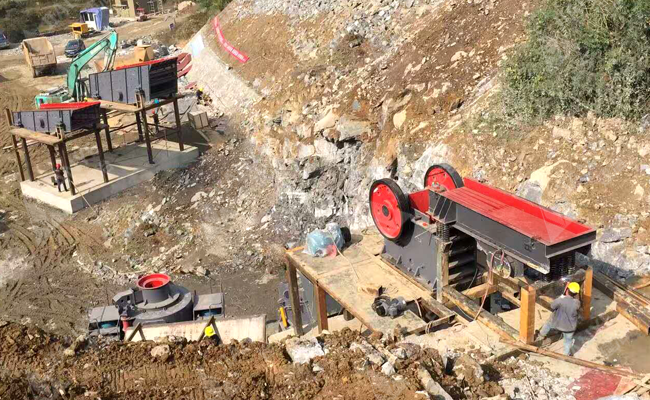
The equipment aspect of this project includes PE870*1060 jaw crusher, PF1515 impact crusher, JYT5145 sand making machine and two 2470 vibrating screens. The equipment is used for limestone crushing and sand making. Shaanxi Province is rich in limestone resources and has many limestone aggregate plants, and this set of equipment from Jianye Company has good feedback in the local area.
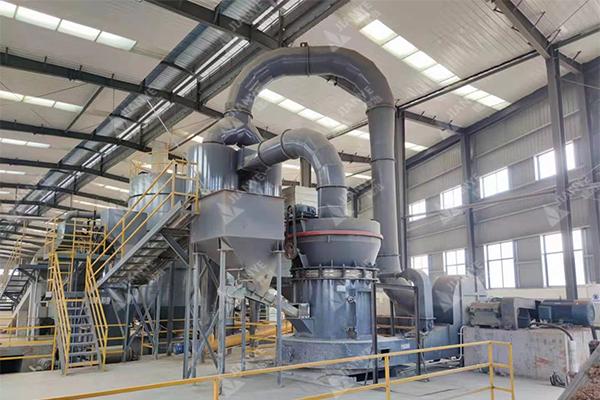
The production line adopts the high-pressure mill and environmental protection equipment produced by Jianye Heavy Industry, using advanced grinding process technology to start the construction of an annual output of 50,000 tonnes of slag micro-powder production line project.
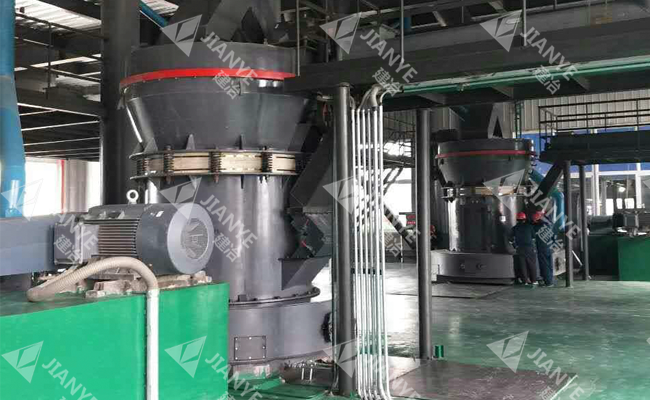
The user uses calcined petroleum coke to grind and make powder, and the finished coke powder is mainly used for processing graphite electrodes. In recent years, the price of coke powder rises, the user spends tens of millions of dollars to build a production line with an annual output of 60,000-100,000 tonnes of high-quality coke powder, which is the first phase of the project, using two sets of 6R4528 high-pressure grinding mills of Jianye Company.
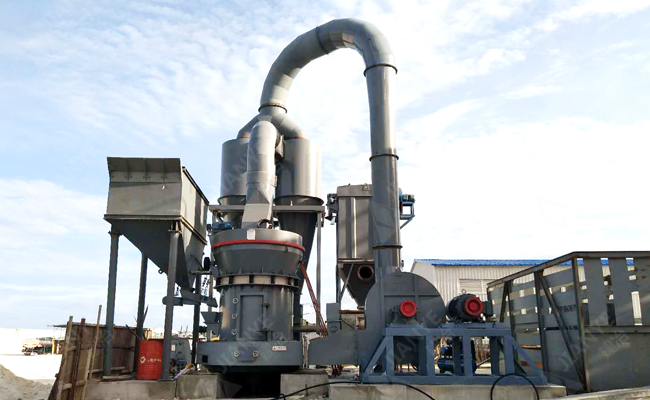
The project is mainly used for grinding limestone, gypsum and other soft materials. The equipment chosen is Jianye 4528 grinding mill with a fineness of 200 mesh and a capacity of 12t/h.
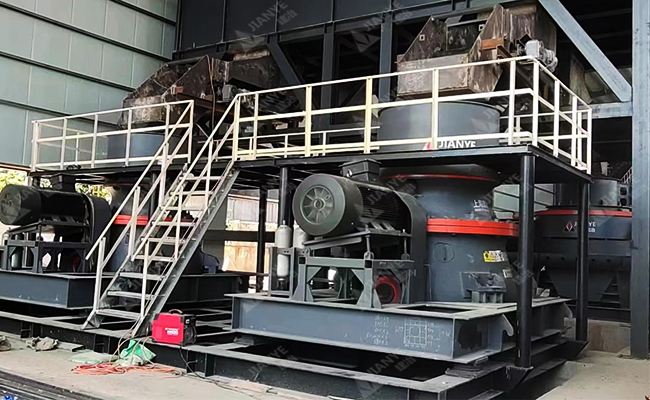
Project configuration: Jaw Crusher PE900*1200, Cone Crusher HST315T, Vertical Shaft Impact Crusher VSI6X1263, Heavy Duty Vibrating Screen 2YKZ3080/3YKZ3080, Vibrating Feeder ZG1220Z/ZSW1360, Twin Screw Sand Washer 2XL1120, Bar Vibrating Feeder ZSW1360B, Bucket Wheel Sand Washing Machine DS4024, dewatering screen TS2450 many types of equipment. They will work together with the whole production line to crush and process the sand trap cobbles and mountain ores into natural sand, mechanism sand, and uniform material.